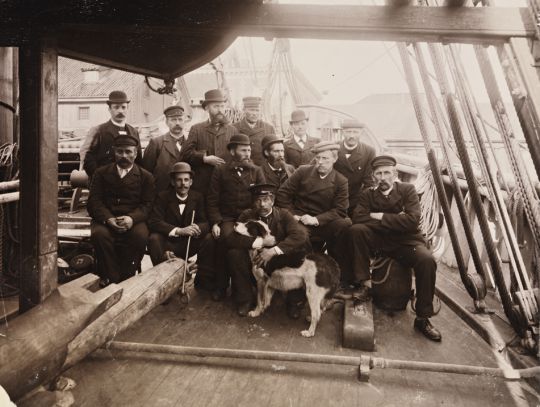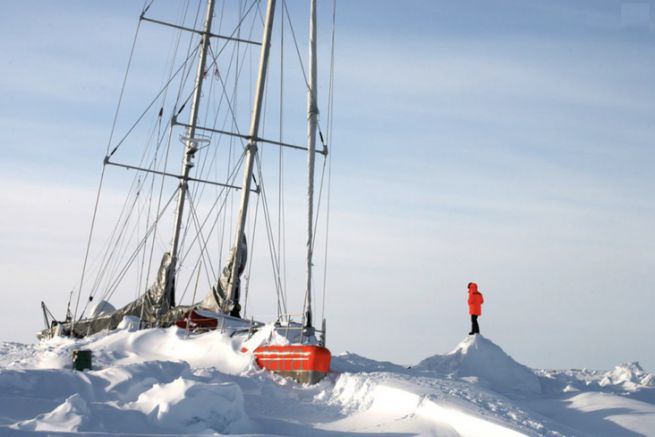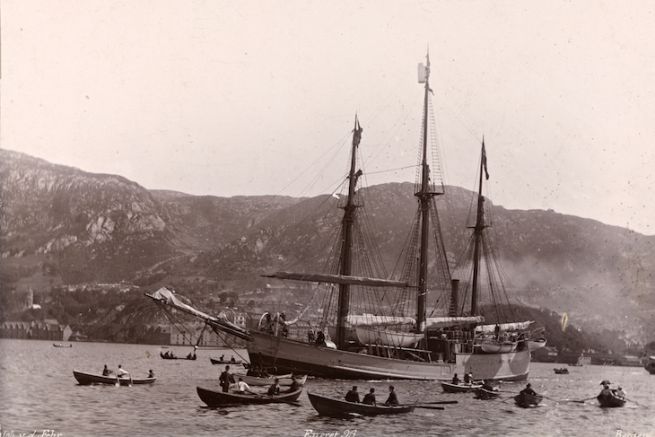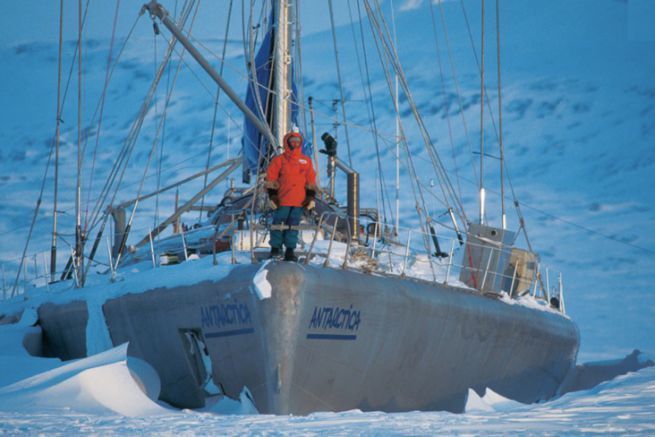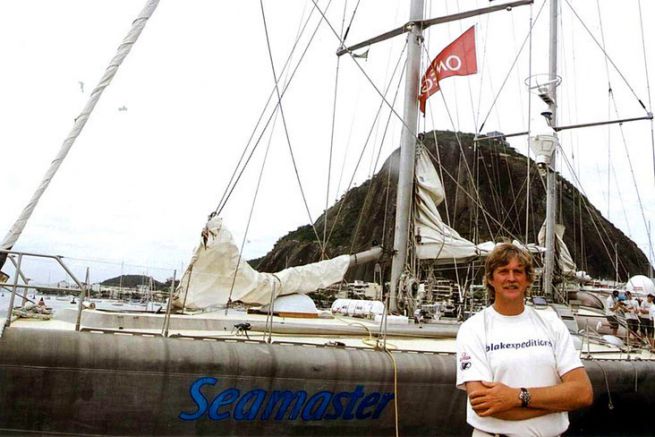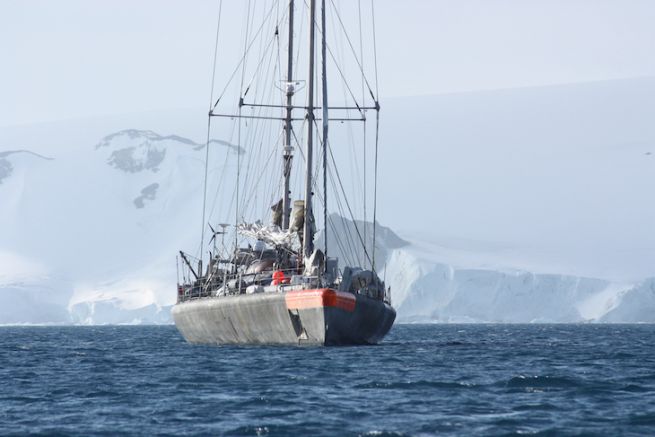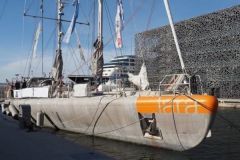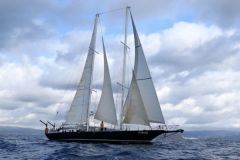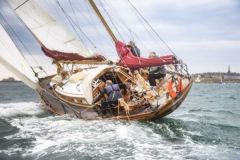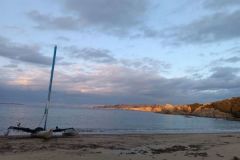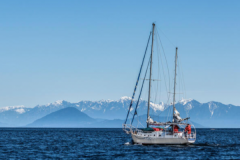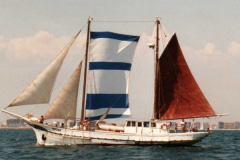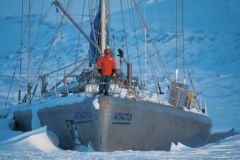Fridtjof Nansen inspired the Tara expedition . This Norwegian born in 1861 is one of the greatest polar explorers and the first to succeed in transpolar drifting.
The existence of a polar current?
It was during his first expedition to cross Greenland from east to west on skis that he made a strange discovery. Mud samples taken from the ice cap revealed that it could have come from Siberia. But how is this possible? How could it cross the Arctic Ocean?
Even before that, during a seal fishing season on the Greenlandic coast, the trained scientist had noticed driftwood drifting south. But what route had he taken to arrive in this place where no trees grow? Would a current exist between Siberia and Greenland? The future explorer already thinks about the existence of a transpolar current, but he lacks proof.
In 1884, the debris of a ship was discovered at the southwestern tip of Greenland. It was the wreck of the Jeannette, an American ship broken up by the ice three years earlier, north of the New Siberian Islands, while attempting to discover the geographic North Pole.
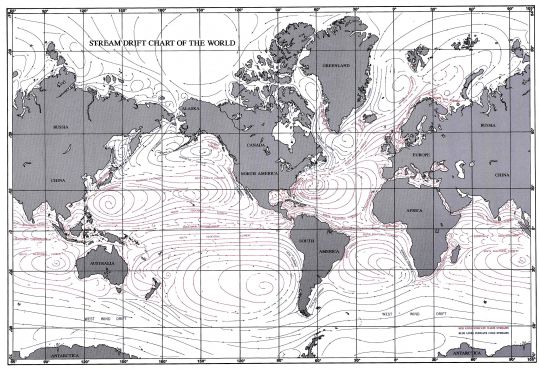
The proof
The discovery of this wreck is the proof that Nansen was waiting for to attest the existence of a strong marine current on the Arctic Ocean. Indeed, only a transpolar drift would allow the mud, the wood and the wreck to have reached Greenland from Siberia. This current would take the ice at the level of Siberia, would drag it on a trajectory to the north, passing by the North Pole, and then would go back down south, towards Norway and Greenland. This theory would also explain why the conquest of the North is impossible. The boats would be dragged by a southern current, which would prevent them from reaching the north, colliding with larger and larger blocks of ice, transported by the drift.
To reach the Pole, one must therefore leave from the place where this current is formed, Nansen deduced, and let himself be carried instead of fighting against it. A reasoning that goes against all the logic of the time. His idea? To take a boat as far north as possible to the islands of New Siberia, to let it be imprisoned by the ice and take advantage of the transpolar drift to reach Greenland.
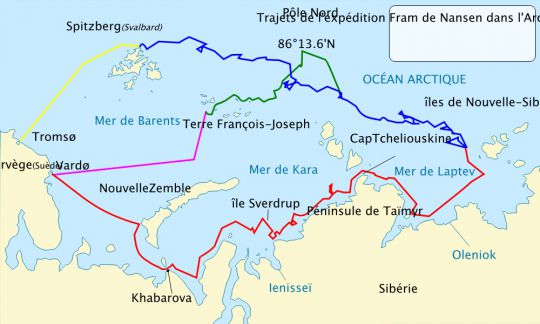
In red: Fram's route eastward, from Vard° along the Siberian coast, before turning north to enter the pack ice near the New Siberian Islands (July - September 1893)
In blue: Drift of the Fram towards the North and the West, until Spitzberg (September 1893 - August 1896)
In yellow: Voyage of the Fram from Spitzbergen to Troms° (August 1896)
The launch of a polar expedition
Thanks to the support of Norway and the financing of private individuals, he finds funds to finance this expedition. Nansen contacted the architect Colin Archer who was in charge of imagining a new type of ship that would be able to resist the pressure of the ice pack. The specifications given by the explorer were daring. The hull must be reinforced, quite short, with smooth and sloping walls so that the ice does not have a hold on the ship. Thus, when it is compressed, it will rise instead of being crushed. The bow, stern and keel are rounded, the rudder is placed at the lowest point and protected by a long stern. Three masts will carry a sail area of six hundred square meters so that the small crew can maneuver easily.
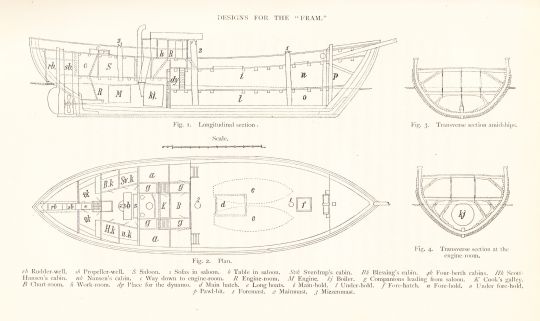
The birth of Fram
After studies and sketches, the polar expedition ship takes shape. The result is not the most aesthetic: wide, short and stocky, it will have a width equal to a third of its length. But it will be comfortable, solid and its flat bottom will allow it to rest on the ice floe.
The ribs are made of oak protected for more than 30 years euros, iron bands are affixed on each joint, chalk and sawdust fill the gaps. The hull is reinforced and the hold has reinforcements everywhere. The walls are between 70 and 80 cm thick and the walls are insulated with several layers: felt, cork, fir, felt, linoleum and wood. For the electricity, a dynamo takes care of it while sailing and a windmill (windmill) at anchor.
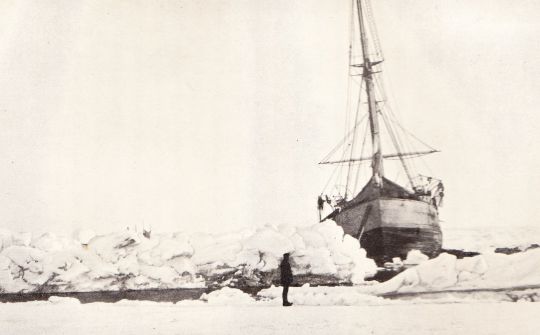
The first transpolar drift
The Fram euros "forward" in Norwegian euros was born and they were thirteen on board. The departure is given from Christiana on June 24, 1893, day of the summer festival in Norway. Nobody knows how long the trip will last, but they have embarked on board for five years of food and eight of fuel.
On September 9, 1896, after a navigation of three years and three months, 507 days of drifting on the ice floes, the Fram reached Oslo. It is now kept in a museum in Oslo.
